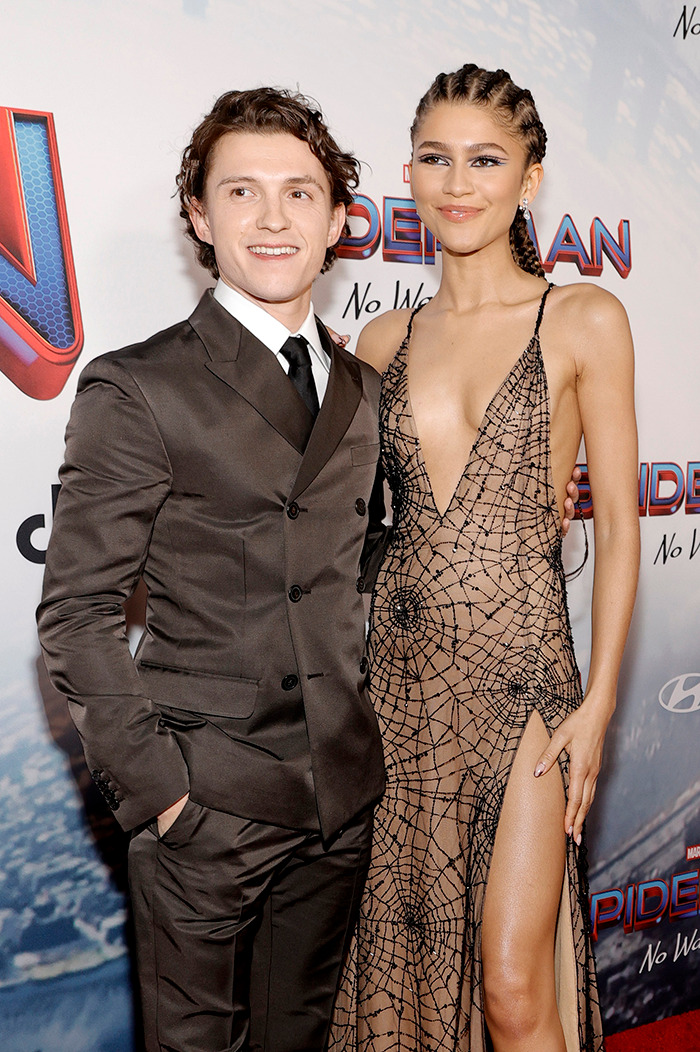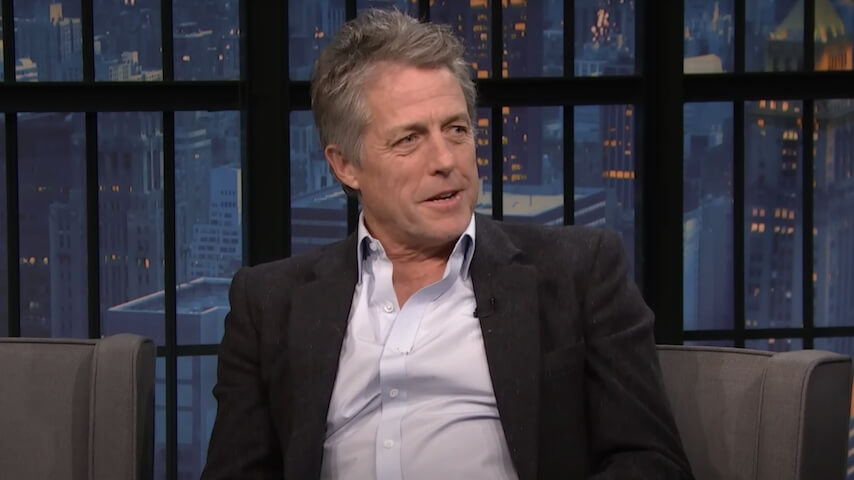“small But Unforgettable Moments.” What E.b. White Loved About New York City

In 1955, E.B. White wrote, “The two moments when New York seems most desirable, when the splendor falls all round about and the city looks like a girl with leaves in her hair, are just as you are leaving and must say goodbye and just as you return and can say hello.” Over the years, my grandfather became increasingly adept at this, both the leaving and the returning, and thankfully the writing about it. In “Goodbye to 48th Street” it was about “dispersing the contents of this apartment” in Turtle Bay, and in “Once More to the Lake” it was revisiting Maine’s Belgrade Lakes where he summered as a boy. His fictional “Getting Away” featured “that feeling you get sometimes, between five and seven in the evening—you know, when you’re coming home and look down Thirteenth Street and see the funnels of a ship against a red sky. That’s kind of nice.”
On his birthday in 1956, White had experienced an early-morning version of that scene in Brooklyn, when a military transport called the Upshur disgorged his son, Joel, along with Joel’s wife and two toddlers, back from US Army peacekeeping in Germany. (White’s secretary called the ship the Upstart, but my mother, prone to seasickness, called it the Upchuck.) My grandfather remembered, “I got so excited by the moving scene and the earliness of the day that I had to be led away to a stable bench by my stable wife…”
He was a master at finding the exact words for these small but unforgettable moments, but he always considered himself “a non-poet who occasionally breaks into song.” He lived with one foot in New York and the other in Maine, but whichever state he was in, he felt that “to sail away from so intoxicating a place would be unbearable, even for a brief spell.” Yet sail away he did, so he could return, but also so he could write about it.
He was able to connect the big events of the day with the dailiness of our lives in a way that stands the test of time.Born in Mount Vernon, New York, on what he considered a lucky day (7/11/1899) and educated in Ithaca, White didn’t have to travel far to settle in with the New Yorker. His chief drawback, if you can call it that, was that he was a rambling man, a natural wanderer. He loved the typewriter but not the office. Shortly after graduating from Cornell, he set off across the country by Ford Model T Roadster with his typewriter strapped to the sideboard, and he worked briefly for the Seattle Times, for forty dollars a week. Before long, he shipped off to Ketchikan, Alaska, with nearly his last dime, then found work in the bowels of the ship for his return passage, before returning east by train. He loved to compose sentences while onboard a train and he believed the sounds of the tracks lent a cadence that was conducive to good writing.
Back in Manhattan, he shared a flat with fellow Cornellians and resumed job-hunting and freelancing. Katharine S. Angell, already well-ensconced at the New Yorker by then, happened to see one of his poems in the Conning Tower and endeavored to get him on staff—a mission he initially resisted. Fortunately, Harold Ross was persuaded to allow him relatively free rein and came to encourage his city walkabouts as fodder for Notes & Comment and his occasional poems and fiction.
Over the three decades that he spent primarily in New York, White lived in eight different apartments: “Four in the Village, one on Murray Hill, three in Turtle Bay.” Starting in the late 1930s, Maine frequently drew the Whites away, but they always returned, if not to an apartment, then for a hospital stay or to the Hotel Algonquin or Tuscany or other establishment near the New Yorker offices.
Unlike other upcoming writers of his day—Dorothy Parker, Alexander Woollcott, Robert Benchley, Franklin P. Adams, to name a few—White rarely rubbed elbows at the Algonquin Round Table. Instead, he preferred the dog shows, the Bronx Zoo, the “fabulous ice extravaganza at the Garden,” and the city parks and backyards where he might find “that dressiest of winter birds,” the junco, “who looks as though he were on his way to an afternoon wedding.” He published sketches of pigeons and their nests, penned answers to hard questions, wrote odes to the Bronx River, glorified the hidden gardens and window boxes, and critiqued the designs of cars, buses, taxis, and trains. He wrote poems about commuters and theater critics. He spent a lot of time at the UN, when it was located down the street from the New Yorker offices, and he explored Central Park and the reservoirs at all hours. He talked to anyone and everyone, from the garbagemen, hotel doormen, policemen on horseback or their stable hands, to “intellectual giants after dinner,” but he was far more comfortable outside on a ramble than in a fine dining room.
Over time, he became notable for his absences. For his own nuptials with Katharine Angell, they eloped: “It was a very nice wedding—nobody threw anything, and there was a dog fight.” Starting in the 1940s, he was given at least seven honorary degrees and he bravely, miserably attended the first two (Dartmouth and Yale, for starters) or maybe three, fumbling with his ceremonial robes, and then he found excuses. Other awards followed: JFK’s Presidential Medal of Freedom, the National Medal for Literature, the American Academy of Arts and Letters, and a Pulitzer Prize special citation for letters. He was in the bathtub when the Western Union call came with the invitation to the White House. As he recalled, “The President was a bit long-winded, and after K had dutifully scribbled the first thirty or forty words on a scratch pad, she said to the girl, ‘Is this a practical joke?’ (There’s a wife for you!)” As it turned out, JFK was assassinated a month before those medals were awarded, so E. B. White wrote the obituary for the New Yorker but did not go to Washington.
Decades later, after White died in October 1985, my uncle Roger Angell (White’s stepson) aptly remarked at the service, “If he could have been here today, he wouldn’t have been here.” As a writer, however, E. B. White was nothing if not attentive. He was able to connect the big events of the day with the dailiness of our lives in a way that stands the test of time. His obituary for John F. Kennedy began, “When we think of him, he is without a hat, standing in the wind and weather. He was impatient of topcoats and hats, preferring to be exposed, and he was young enough and tough enough to confront and enjoy the cold and the wind of these times, whether the winds of nature or the winds of political circumstance and national danger.” It’s not every writer who can swing from hatlessness to national dangers in two sentences, but he made it seem as effortless as ice skating in Rockefeller Center. (My grandfather was an excellent skater.) That obituary was only a paragraph long but said it all.
New York Sketches allows us, once more, to join him for the unbearable leaving and the sweet return to the city he loved.On a lighter note, in this collection, you’ll find White’s much longer obituary for his wife’s Scottie dog. “Daisy (‘Black Watch Debatable’) died December 22, 1931, when she was hit by a Yellow Cab in University Place. At the moment of her death, she was smelling the front of a florist’s shop. It was a wet day, and the cab skidded up over the curb—just the sort of excitement that would have amused her, had she been at a safe distance.” Daisy was whelped from one of James Thurber’s dogs and she made her way into the New Yorker on several occasions—once when she was kicked out of Schrafft’s and again when she was arrested for being out and about without a muzzle.
As if they understood him from the start, the New Yorker gave White an office with a fire escape and escape he did. In the early years, he enjoyed the young James Thurber as his officemate and occasional collaborator. Thurber’s line drawings littered the floor and White’s running list of “Newsbreak Department Heads” adorned the wall, and they shared a sense of humor and a similar ability with the quick remark.
Before long, White was setting the tone in Notes & Comment and contributing occasional cartoon captions, while readers began submitting hundreds of newsbreaks a week for possible consideration to fall under headings such as “Answers to Hard Questions,” “Dept. of Utter Confusion,” “No Vivid Writing, Please,” and “Sentences We Hated to Come to the End Of.” Soon, there were two books full of them: Ho Hum and Another Ho Hum, with pithy entries like “FURNISHED—Bachelor’s flat. 2 exits. 122 Boulevard Haussmann. Paris Herald” and the droll comment, “Ah, Paris!” The same year that White married fiction editor, Katharine Angell (1929), he and Thurber published their first book of prose, a spoof of psychologists called Is Sex Necessary? (Ah, New York!)
This new collection, New York Sketches, has recaptured a trove of E. B. White’s early writings about New York City and those heady days of the young New Yorker making its way and highlighting new talent, whether in poetry, fiction, cartoons, and the theater and arts of the times. Loosely categorized under MANNERS and MEMORIES & INVENTIONS, they include reminiscences and farewells, yes, but more importantly, the precise habits of daily life, the small moments of wonder, the pleasures of running into an umbrella mender on the street, and answers to the hard questions that have piqued our curiosity. “Pigeons, being city dwellers by choice, have caught the excitement of New York, and, like an executive who enjoys having two phones on his desk, a pair of pigeons like to keep two nests going at the same time.” White knew a baby pigeon was called a squab and he could tell you where to find one.
E. B. White wrote, “To me, poetry is what is memorable, and a poet is a fellow or girl who lets drop a line that gets remembered in the morning.” What he remembered were the skating ponds, the city dogs, how New Yorkers crossed the street, the warblers and juncos, the taxicabs, the bats on Madison Avenue, and the anguish of trying to view a sunset through a new fence around the reservoir in Central Park. Now New York Sketches allows us, once more, to join him for the unbearable leaving and the sweet return to the city he loved.
__________________________________
From New York Sketches by E.B. White, forward by Martha White. Copyright © 2024. Available from McNally Editions.


